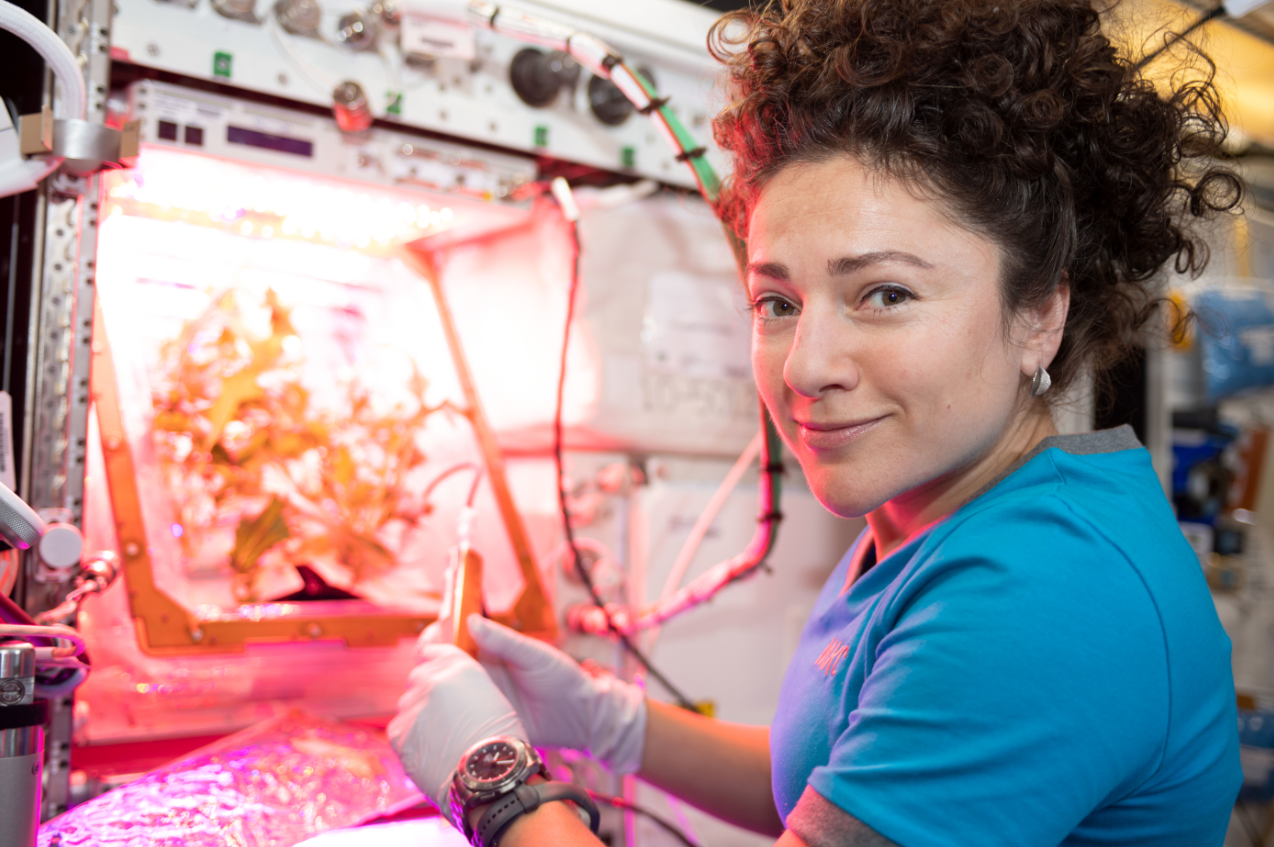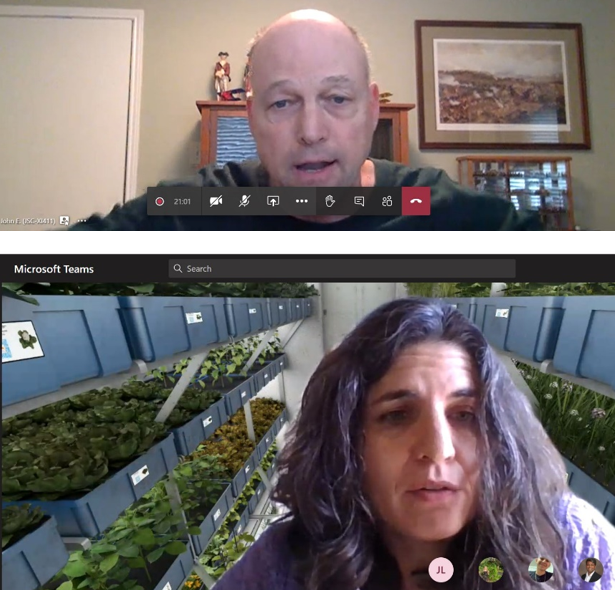Houston Students Explore New Methods of Aerospace Agriculture
Even in the face of unexpected challenges in 2020, NASA’s Aerospace Academies continued to create a surge of involvement with the Artemis Generation by saturating K-12 students in the study of STEM and promoting participation in current NASA projects. NASA has partnered with the Houston Independent School District (HISD) since August of 2018 to launch five Aerospace Academies across the city, intent in expanding science, technology, engineering, and mathematics (STEM) programs on their school campuses. By encouraging the implementation of a STEM-based curriculum, creating STEM learning activities for students, and providing instructional coaching for educators on NASA mission content, NASA’s Office of STEM Engagement is inspiring students to reach for the stars and realize their full potential.
Through participation in virtual events, activities, and more, educators and students have learned to adapt to the challenges of a virtual environment, not letting adverse circumstances hinder their learning opportunities.
STEM Specialist Nick Newton from Booker T. Washington High School recently praised the NASA/HISD partnership in an article published by HISD, saying, “Their (NASA’s) expertise is invaluable in providing our students with industry-level direction and collaboration. We are now also working with NASA in our agriculture pathway, participating in a number of challenges to help our students see agriculture from an aerospace perspective. They are having a blast.”

Exploring how to grow crops and produce vegetation in extreme environments is necessary for future space travel, and the work has already begun. Here, NASA astronaut Jessica Meir waters plant pillows where Mizuna mustard greens are raised as part of the Veg-04B botany experiment. Credits: NASA
The start of 2021 held many exciting milestones and events for both NASA and the HISD Aerospace Academies. As mentioned by Newton, Booker T. Washington High School students have been working as a team to participate in the nationwide, virtual Plant the Moon Challenge hosted by the Institute of Competition Sciences. This project encourages students to explore new ways of growing crops in a simulated lunar environment. Students were provided with materials, guidelines, and a lunar regolith simulant from Exolith Labs to explore how to grow crops and produce vegetation in extreme environments — a necessity for future long-duration spaceflights.
During an information session prior to the start of the project, Dr. Zoe Landsman of Exolith Labs presented on why the production of crops is a vital step in the advancement of NASA’s goals to send astronauts back to the Moon and, eventually, to Mars. She answered questions about why astronauts cannot simply bring material with them from Earth, explaining the payload-to-propellant ratio. (The heavier the payload, the more propellant is needed — therefore, bringing several years’ worth of food and materials from Earth to space is unrealistic.)
Students also collaborated with subject-matter experts John Gruener and Dr. Gioia Massa of NASA’s Johnson and Kennedy Space Centers, respectively, to discuss the project. The duo presented on the past and present states of space agriculture and discussed experimental designs with the students. The experts were happy to answer questions and provide feedback as to how the students could improve their projects.

At top, John E. Gruener of NASA’s Johnson Space Center joins Dr. Gioia D. Massa of NASA’s Kennedy Space Center (below) to virtually work with Houston-area students on their projects, discussing space agriculture.
Although the Plant the Moon Challenge is not yet over, the opportunities offered to the students through NASA’s Aerospace Academies not only serve to inspire and motivate participants to continue working with NASA, but provide an avenue for students to learn about STEM from real experts … in real-life settings.









